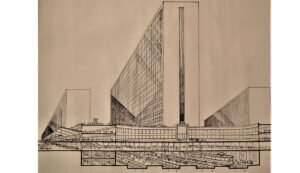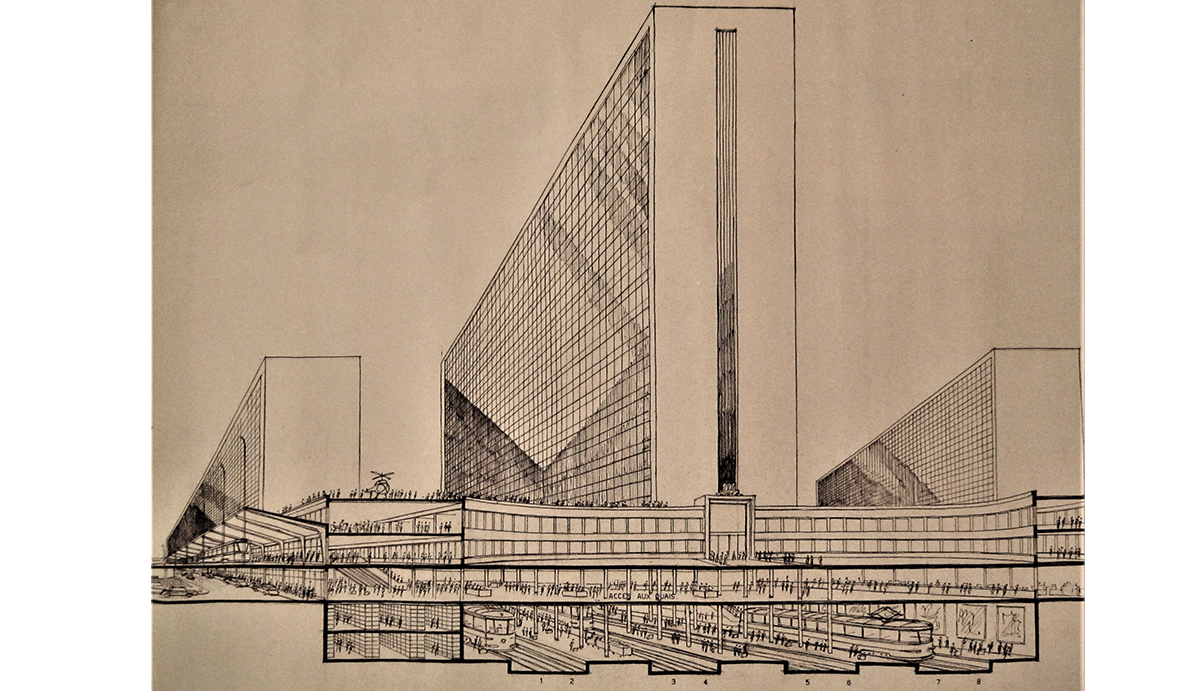The project at a glance
-
Start date:01 Jun 2022
-
Duration in months:52
-
Funding:FNR / The Research Foundation – Flanders (FWO)
-
Principal Investigator(s):Andreas FickersMartin Kohlrausch (external)
Organisation and Partners
- Contemporary European History
- Luxembourg Centre for Contemporary and Digital History (C2DH)
- KU Leuven
Project team
-
Andreas Fickers
-
Martin Kohlrausch
KU Leuven
-
Jens van de Maele
-
Stéphanie FRANSIS
-
Marco Ninno
KU Leuven
Keywords
- office buildings
- history
- European Union
- EU
- architecture
- architectural history
- offices
- bureaucracy
- European integration
- management

